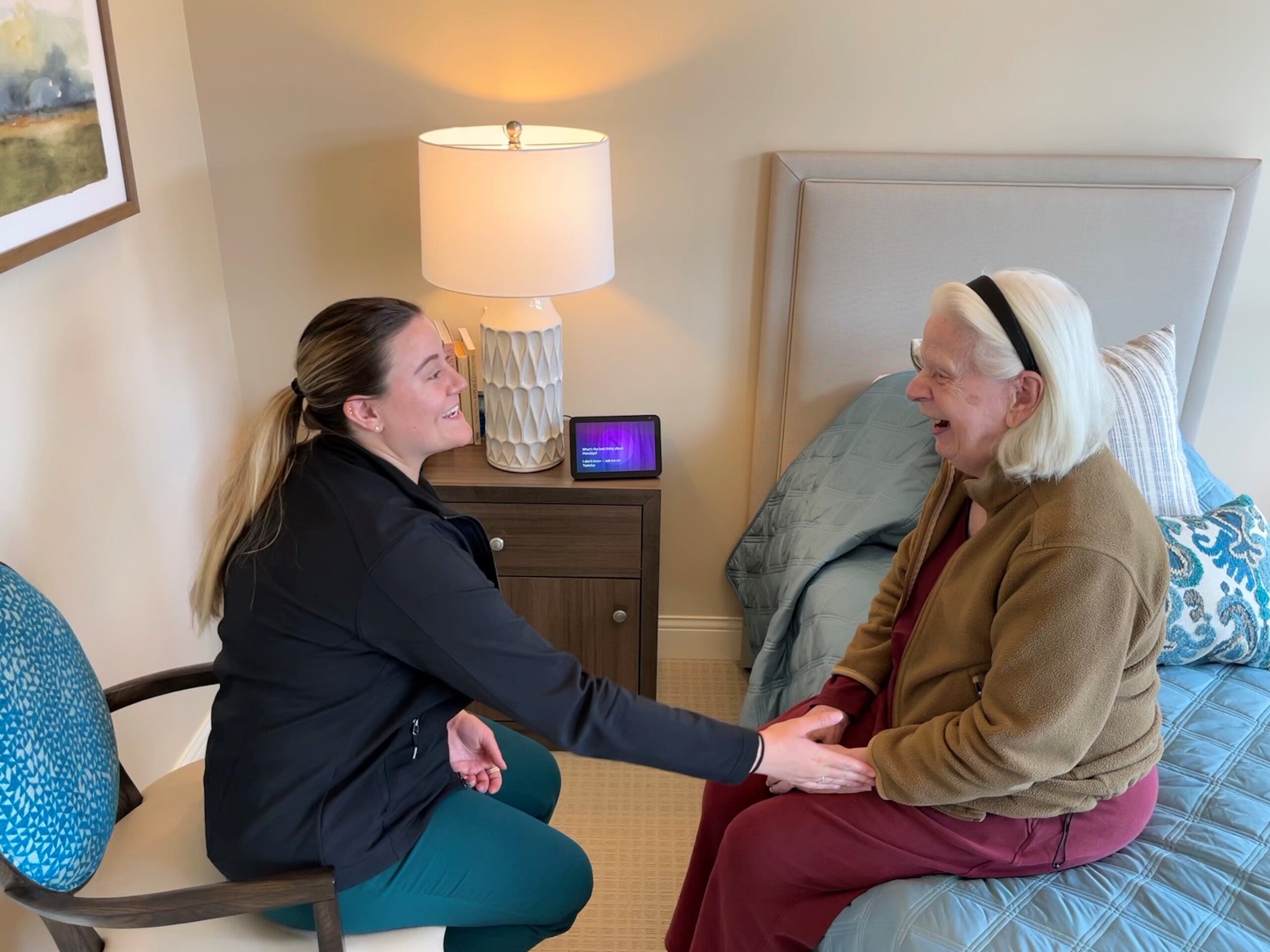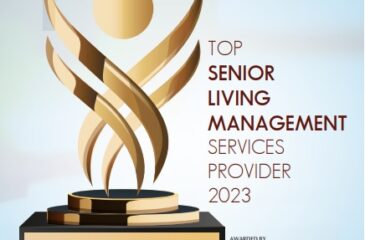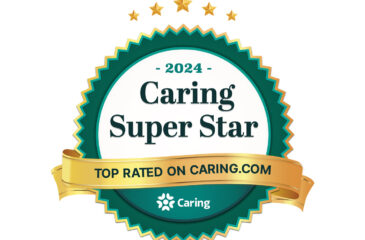08/28/2024
In just a couple of generations, options have undergone a remarkable transformation. From the rudimentary nursing homes of the early 1900s through the “retirement homes” of mid-century to today’s vibrant, lifestyle-focused communities, the evolution of senior living reflects broader changes in society’s attitudes toward aging and quality of life. This article explores the developmental milestones of retirement options that have influenced the innovative approach of The Forum at Rancho San Antonio, a community that exemplifies senior living fully committed to residents’ successful living. Read on – We hope you find this historical timeline interesting.
Early 1900s: The Birth of Nursing Homes
In the early 1900s, options for older adults were limited primarily to family care or poorhouses. As industrialization progressed and families became more nuclear, the need for specialized care facilities grew. The first nursing homes were charitable institutions, providing basic care for the elderly who could no longer be supported by their families. These facilities often had minimal resources and were more custodial than therapeutic.
Mid-20th Century: Institutional Care Takes Hold
By the mid-20th century, the concept of nursing homes had evolved, driven by increasing life expectancy and medical advancements.
In time, nursing homes became more regulated, offering structured medical care. Still, the focus was largely on safety and basic health needs, with little attention to the social and emotional well-being of residents. These institutions often had a sterile, hospital-like environment. As with their predecessors, most seniors and families of this era regarded this type of retirement home as a last and unfavorable option.
1960s-1980s: The Rise of Assisted Living
In the 1960s and 70s, the shortcomings of traditional nursing homes led to the creation of assisted living communities. These aimed to provide a more homelike environment while still offering necessary medical care. Assisted living was designed to support independence, offering private or semi-private suites, social activities and personalized care plans. This era marked a shift in senior living, with a new focus on maintaining and improving their quality of life.
1990s: Emergence of Continuing Care Retirement Communities (CCRCs)
The 1990s saw the rise of Continuing Care Retirement Communities (CCRCs), also known as Life Plan Communities, which offered senior living plus a continuum of care, from assisted living to memory care and skilled nursing care – all provided within the same community.
The CCRC model allowed seniors to age in place, transitioning between levels of care as needed without leaving the community. CCRCs emphasized a holistic lifestyle, with organized social, recreational and wellness activities to enhance residents’ lives.
2000s-Present: Focus on Lifestyle and Wellness
In the 21st century, the senior living industry has continued to evolve, meeting the expectations of today’s seniors by emphasizing lifestyle, wellness, and vibrant community living.
Modern senior living communities promote active, healthy and fulfilling lifestyles. They offer a wide range of amenities, including fitness centers, wellness programs, social clubs and nearly countless activities. The goal today is to provide an environment where seniors can thrive physically, mentally and socially.
The Forum at Rancho San Antonio: A New Paradigm in Senior Living
The latest evolutions in senior living are exemplified by The Forum at Rancho San Antonio in Cupertino. This beautifully designed Life Plan Community combines beautiful homes of varying floor plans with the vibrant lifestyle of a senior living community.
Those who choose The Forum enjoy the unique financial advantages of , providing investment potential as well as uncommon involvement in community governance.
Residents’ well-being is at the heart of community life, with state-of-the-art amenities such as fitness centers, swimming pools, dining options, and extensive social and recreational activities. Further, with a full continuum of care on site, including nursing care with a high CMS rating, The Forum’s residents live with the confidence of having a solid plan for future care.
To learn more about the advantages of choosing The Forum, contact us today.








